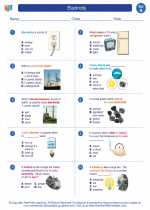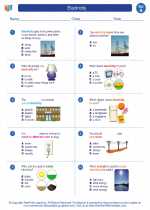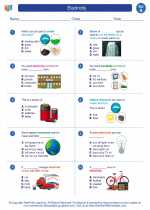Coastlines
A coastline is where the land meets the sea. It is a dynamic and ever-changing boundary shaped by the interaction of land, sea, and natural forces such as waves, tides, and wind. Coastlines can be found all over the world and come in many different forms, including sandy beaches, rocky cliffs, and estuaries.
Formation of Coastlines
Coastlines are formed through a combination of geological processes and erosion. Some coastlines are created by the rise and fall of sea levels, while others are shaped by the movement of tectonic plates. Erosion by waves, wind, and water also plays a significant role in shaping coastlines over time.
Features of Coastlines
Coastlines can have a variety of features, including beaches, dunes, cliffs, sea caves, and coral reefs. These features are formed by the interaction of the land and sea, and each one has its own unique characteristics and ecological significance.
Study Guide
- What is a coastline?
- How are coastlines formed?
- What are some features of coastlines?
- What natural forces shape coastlines?
- What are some ways that human activities can impact coastlines?
Understanding the formation and features of coastlines is important for understanding the dynamics of the natural world and the impact of human activities on coastal environments.
[Coastlines] Related Worksheets and Study Guides:
.◂Science Worksheets and Study Guides First Grade. Electricity

 Worksheet/Answer key
Worksheet/Answer key
 Worksheet/Answer key
Worksheet/Answer key
 Worksheet/Answer key
Worksheet/Answer key
